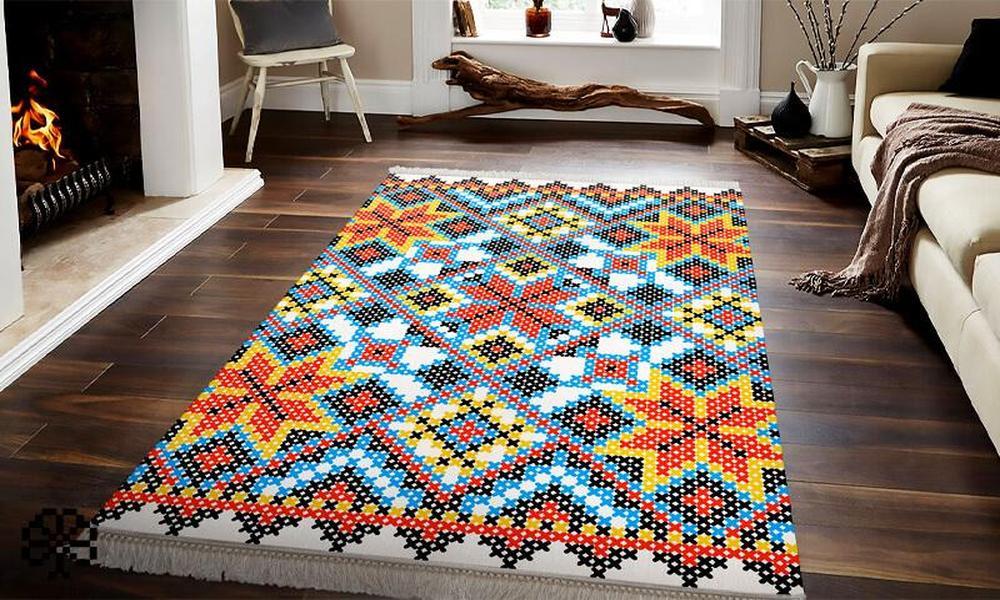How to Remove Stains from handmade carpets and also Tips and Tricks for Effective Stain Removal?

When it comes to removing stains from handmade carpets, it’s important to proceed with caution to avoid damaging the delicate fibers. Here are some tips and tricks for effective stain removal:
Use mild, non-bleaching cleaning solutions: Opt for gentle cleaning solutions that are specifically formulated for use on delicate fabrics or carpets. Dilute the cleaning solution according to the manufacturer’s instructions and apply it to the stain using a clean cloth or sponge. Blot the stain gently and avoid excessive saturation.
Blot with cold water: For water-soluble stains, such as those caused by beverages or food, immediately blot the stain with cold water.
Seek professional help for stubborn stains: If you’re unable to remove a stubborn stain or if you’re concerned about potentially damaging the handmade carpet, it’s best to consult a professional carpet cleaner who specializes in delicate rugs and carpets. They have the expertise and equipment to handle tough stains without causing harm.
How to Select the Right Handmade Carpets for Enhanced Comfort?
Selecting the right handmade carpet for enhanced comfort involves considering several factors. Here are some tips to help you choose a carpet that provides optimal comfort:
Consider the materials:
Handmade carpets are crafted from various materials, such as wool, silk, cotton, or a blend of these fibers. Wool is known for its softness, durability, and natural insulation properties. Silk offers a luxurious and smooth texture. Consider your preferences for material and choose a carpet that feels comfortable to the touch.
Assess the pile height and density:
Longer pile heights tend to be softer and plusher, offering a luxurious feel underfoot. However, shorter pile heights can still provide comfort while being easier to maintain. Additionally, consider the density of the carpet, which refers to the number of fibers per square inch. Higher-density carpets generally offer better cushioning and comfort.
Determine the carpet’s thickness:
The thickness of a carpet can contribute to its comfort. Thicker carpets tend to provide better cushioning and a more luxurious feel. They offer enhanced comfort, especially in areas where you spend a significant amount of time standing or walking. Consider the intended use of the carpet and choose a thickness that aligns with your comfort needs.
Consider the carpet’s backing:
The backing of a handmade carpet can influence its comfort and durability. Look for carpets with a sturdy and resilient backing material that provides additional support and enhances the carpet’s overall comfort.
Assess the design and pattern:
The design and pattern of the carpet can also contribute to visual and tactile comfort. Choose a design that appeals to you and complements your interior decor. Consider whether you prefer a smooth, uniform texture or a pattern that adds visual interest and depth to the carpet.
Seek expert guidance:
Consult with carpet specialists or retailers who have expertise in handmade carpets. They can guide you in selecting carpets that prioritize comfort while considering your specific preferences and requirements. By considering these factors and prioritizing your comfort needs, you can select the right handmade carpet that enhances the comfort and coziness of your living space.



